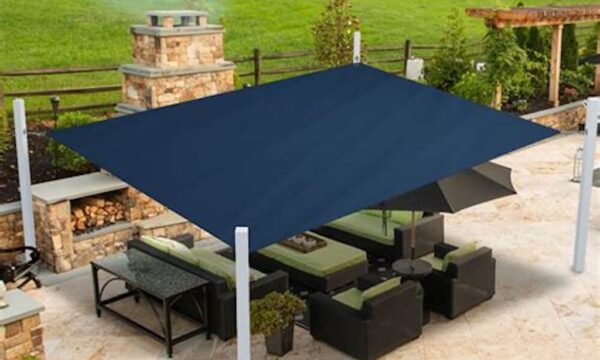How to use epoxy correctly: An easy guide for beginners

Epoxies are easy-to-apply, relatively fast-curing resin glues that create strong, long-lasting bonds for carpentry projects, plastics, fibreglass, metals and cement. When an extra-strong bond that lasts a long time is needed, epoxies are the way to go. Once someone masters the simple skills needed to work with epoxy resin, they will be able to tackle almost any DIY project with confidence. Let’s take a look at how to use these handy DIY epoxy products.
What are epoxies and how to use them?
Epoxies consist of two parts that are mixed together just before use: a hardener and a resin. These substances are stored separately, using a double syringe. When a DIYer wants to use the epoxy for bonding, they should eject the two liquids from the syringe. Once they mix together, they must be allowed to stand for a very short time and then applied to the material, pressing firmly to create a strong bond. It’s also possible to mix the substances using a 1:1 ratio, but it’s much simpler to just use the instant mix syringes found at the hardware store.
Once the materials are mixed and bonded, there is a short period the materials for bonding can be rearranged and adjusted. This may be just a few minutes or even a few hours, depending on what type of epoxy and how much is being used. After this, it will no longer be possible to change the position of the materials – but it will still take several hours for the epoxy to set properly. Epoxy can also be used to fill in any gaps, make repairs and do reconstructions. It’s also relatively easy to drill or paint dried epoxy, making it very versatile.
Simple step-by-step instructions for epoxy application
Foam roller brushes are perfect for applying an epoxy. Bristle brushes tend to result in uneven application and a messy finish, which means doing much more sanding after the epoxy has set. When it comes to epoxies, a smooth finish is preferable and creates a professional-looking sheen and appearance.
Basic tips for using epoxy
To use epoxy glues and resins correctly, these steps should be followed:
- Create some traction on the surfaces to be bonded by using sandpaper to roughen them. Users can also file the surface to create the correct traction. It’s essential to make sure the surfaces are completely clean and that there is no grease, dust or dirt.
- Prepare the syringe by cutting the tips, turning the syringe end-up and pushing the plunger down. Keep it in this position for about 30 seconds to wait for the air bubbles to rise.
- Next use the double plunger to dispense the resin and hardener in an equal ratio. Use a clean, disposable plastic container or plate for the resin.
- Retract the plunger, make sure the tip is clean and put the cap back on. Clean the application tip and put the cap back on.
- Note that the two components should be completely blended within a few minutes.
- Users only need to apply a very small amount of glue to surfaces. Apply it to the contact surfaces and press them together firmly. Allow the epoxy to set completely, according to the product instructions, before using the items.
- Clean up any spilled or excess epoxy using a soft cloth and methylated spirit.
Project ideas
As the weather gets colder, the family will enjoy getting cosy and comfortable, and there are lots of clever ways to create a homely mood at home using DIY techniques. For anyone who’s not sure what to make with their epoxy glues, there are easy woodworking projects to make, and those new to the concept might benefit from some simple DIY ideasnthat even a beginner can do.
Epoxy resins are the ideal DIY product to use when for an extra-strength bond. DIYers can use them on cement, fibreglass, metals, plastics and other materials, and they’re easy to apply using a syringe applicator. These resins take varying amounts of time to dry, depending on how much and which product is used. Once dry, the bond is extremely robust and durable, offering a professional finish.
The editorial unit























Facebook
Twitter
Instagram
YouTube
RSS